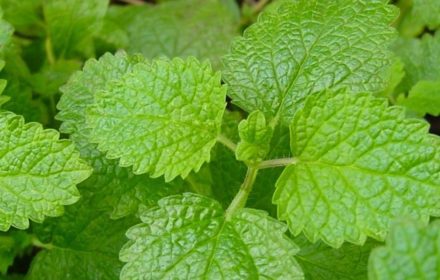How to Sow Purple Giant Radish Seeds in the UK
Purple giant radish is an allotment favourite, producing large, deep-purple radishes with edible leaves, making it a versatile crop. The early leaves are ideal for salads, stir-fries, and stews, while the radishes themselves can be cooked similarly to turnip or swede. Easy to grow and fast to mature, purple giant radish is an excellent choice for beginner vegetable growers. With the right care, this nutrient-rich crop will thrive in UK gardens and allotments.
When to Sow Purple Giant Radish Seeds
- Indoor Sowing: Sow seeds indoors year-round in a sunny location with temperatures of 15°C or higher.
- Outdoor Sowing: Sow seeds outdoors every two weeks from February to September for a continuous supply.
Step-by-Step Guide to Sowing Purple Giant Radish Seeds
Indoor Sowing
- Prepare Containers: Use seed trays, pots, or containers filled with fresh, nutrient-rich compost.
- Sowing the Seeds: Sow seeds at a depth of 1 cm (1/2 inch), ensuring they are spaced evenly. Cover lightly with compost, as radish seeds need some light to germinate.
- Germination Conditions: Place containers in a sunny location, such as a windowsill or greenhouse, with temperatures maintained at 15°C or higher. Germination typically occurs within 4-7 days.
- Watering: Keep the compost moist but not waterlogged throughout the germination period.
Outdoor Sowing
- Soil Preparation: Choose a sunny spot with fertile, well-drained soil. Loosen the soil with a fork, and add compost or well-rotted manure to enhance fertility.
- Sowing the Seeds: Create shallow drills (rows) about 1 cm (1/2 inch) deep. Sow seeds thinly along the drills and cover lightly with soil.
- Spacing: Space rows 15 cm (6 inches) apart. Thin seedlings to 9 cm (3.5 inches) apart once they are 4 inches tall.
- Watering: Water lightly after sowing and keep the soil moist to support germination and growth. Avoid overwatering, as this can cause the roots to rot.
Caring for Purple Giant Radish Plants
- Watering: Keep the soil consistently moist but not overly wet. Dry soil can lead to splitting or tough radishes.
- Feeding: Radishes generally do not require additional feeding if grown in nutrient-rich soil. If needed, a light application of balanced fertiliser can be applied during the growing season.
- Weeding: Remove weeds regularly to reduce competition for nutrients and water.
- Pest Management: Protect young plants from slugs and snails using organic deterrents or barriers.
Harvesting Purple Giant Radishes
- When to Harvest: Radishes mature quickly and can be harvested within 4-6 weeks of sowing. Harvest them as soon as they reach their full size to avoid them becoming woody or bitter.
- Leaves: Harvest leaves early for use in salads or as a cooked green.
- Storage: Store harvested radishes in the refrigerator for up to a week, keeping them fresh and crisp.
Common Questions About Growing Purple Giant Radishes in the UK
- How often should I sow radish seeds? For a continuous harvest, sow seeds every two weeks from February to September.
- Can I grow radishes in containers? Yes, radishes grow well in containers. Use pots with a minimum depth of 15 cm (6 inches) and ensure good drainage.
- Do radishes need full sun? Yes, radishes thrive in full sun but can tolerate partial shade. At least 6 hours of sunlight per day is ideal.
- How do I prevent radishes from becoming woody? Harvest radishes promptly once they mature and maintain consistent soil moisture to ensure tender, succulent roots.
Purple giant radishes are a fantastic addition to any UK garden or allotment. Their rapid growth, vibrant colour, and versatility in the kitchen make them a rewarding crop for beginners and experienced gardeners alike. Follow these steps for a bountiful harvest of delicious and nutritious radishes!



















